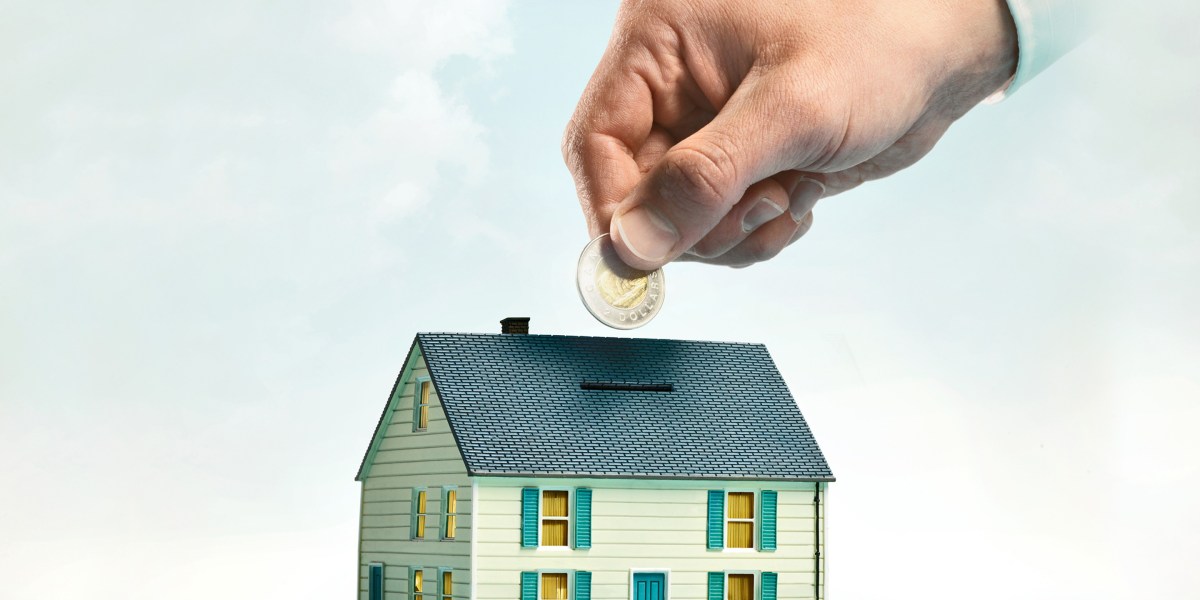
It’s painful enough to watch your bank account drain each month when rent is due. But what’s even more alarming is taking a look at the cumulative amount you’ve spent on rent over the years.
Indeed, the typical American renter can expect to pay more than $333,000 during their time as a renter, including bills or additional expenses, according to a recent study by personal finance technology company Self Financial. The analysis used Zillow data to calculate median monthly rent and utilities by state, RentCafe data for average utility costs, and Insure.com for renters’ insurance estimates, and assumes people start renting at age 22 and buy their first home at 35, based on National Association of Realtors estimates.
That breaks down to about $25,000 spent per year, on average, or just slightly more than $2,000 per month. But, as is typical with the housing market, those figures can vary greatly from state to state or even city to city. For example, Hawaii tracks as the most expensive place for renters, where they can expect to spend a whopping $600,000 for just over a decade of renting, according to the study. Meanwhile, some relatively cheaper places to rent include Texas, which would cost about $303,000 for a lifetime of renting, or Minnesota, which costs approximately $273,000.
While at first glance these numbers are shocking, realtors, economists, and other housing experts say they aren’t that surprising.
“In recent years, more households are rent burdened as well,” Nikki Beauchamp, an associate broker at Sotheby’s International Realty in New York City, told Fortune. Rent-burdened typically means spending more than 30% of income on housing. Plus, as some people wait longer to have children or save for a down payment, “delays in household formation will keep people as renters for longer periods of time,” which would also increase the amount of rent spent over time.
The cost of renting in the U.S.
If it feels as if it’s way more expensive to rent now than it was just a few years ago, that’s because it is. Indeed, median rent prices are a whopping 21% higher today than they were in 2019, which equates to about $305 more per month, on average, according to Realtor.com’s June 2024 Rental Report. The median asking rent in June was $1,743.
“Single-family rents have been bouncing around their pre-pandemic rate of growth of about 3% this year after growing by double digits for most of 2021 and 2022,” Molly Boesel, principal economist for CoreLogic, told Fortune. However, “at the end of 2023, they did slow to the mid-2% range. While single-family rents are increasing at a stable rate, median rent continues to rise.”
This makes renting a long-term financial burden for many Americans. Of the total amount Americans can expect to spend on average across 13 years of being a renter, they’ll likely spend about $241,000 on rent payments, an estimated $68,000 on utilities, and $12,000 on moving expenses.
Still, despite its cost, renting may be the preferred—or only—option for many. Renting is still somewhat cheaper than purchasing a home, according to real estate information company Today’s Homeowner. Their data shows that 30 years of renting would cost someone about $1.26 million, on average—a hair under the $1.3 million homeowners spend over that time. Housing affordability has gotten so strained, in fact, that prospective buyers need to make about $50,000 more now than pre-pandemic in order to “comfortably” afford a home, according to a late February Zillow report. Now, buyers need to make, on average, $106,000 to afford a home, which is 80% more than January 2020.
However, younger generations are still finding ways to make the best of the housing market, despite the rising costs of both renting and owning a home.
“A lot of this may not necessarily be first-time homebuyers, but may also be taking into account scenarios later in life [including] downsizing, rightsizing, [and] residences purchased after the end of relationships,” Beauchamp said. “Renting for many people represents flexibility and freedom.”

